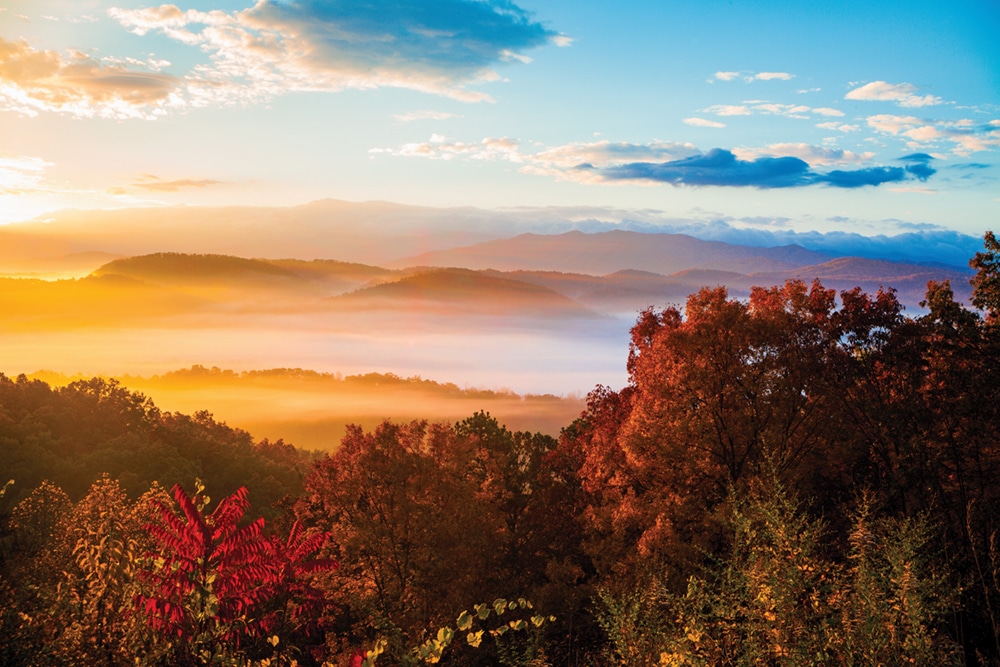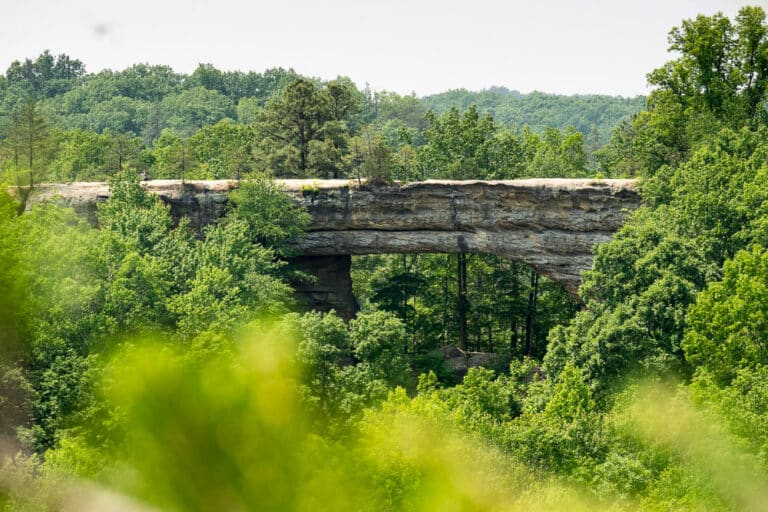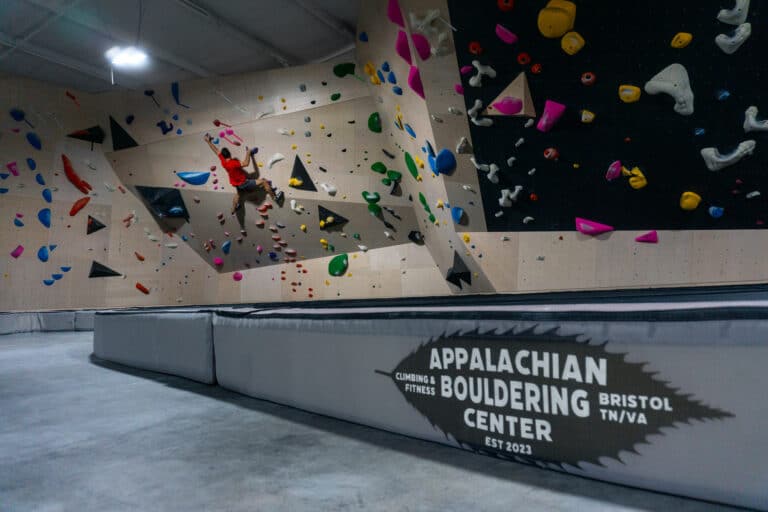Let’s face it: “The Star-Spangled Banner” is too hard to sing. All across the country this Fourth of July, voices will be cracking and folks will be forgetting the words. “O’er the ramparts?” A lot of us sound like Frank Drebbin/Enrico Palazzo in “The Naked Gun,” stumbling through the anthem before sporting events.
Even the flag-waving American Conservative Magazine agrees with me: “‘The Star Spangled Banner’ is set during a single, not-especially-significant battle in a B-list war,” they wrote in a July 4th essay last year. “It’s mostly about the American flag, which is nice, but having a national symbol play off another national symbol seems like a waste of a symbol.” Even Frank Sinatra admitted: “It’s a terrible piece of music.”
I propose replacing it with “America the Beautiful,” another iconic anthem that highlights the one thing we all have in common: the land beneath our feet. It was written by a feminist poet after hiking Colorado’s 14,000-foot Pikes Peak, which overlooks “purple mountain majesties” and “amber waves of grain.” The song is simple and melodic: ”O beautiful, for spacious skies” is easy to sing. It’s emotional and aspirational—just listen to Ray Charles’ soulful rendition of it. And it’s not about a battle, a flag, or conquest. It’s about the possibilities of this nation. It celebrates a country and its people.
So it’s only fitting that the country’s biggest, boldest, and most ambitious conservation plan ever would be called the America the Beautiful Initiative.
It outlines a path to protect 30 percent of America’s land and waters by 2030—often referred to as 30 x 30. It also will create tens of thousands of jobs, tackle the climate and extinction crises, and address inequitable access to the outdoors.
First, the plan will create more parks and protected lands, which have never been more urgently needed. As the pandemic has shown, safe outdoor spaces are more important than ever to Americans. The National Park Service anticipates that national parks will see the most visitors in 2021 than any other year in history, and other public lands are also expecting record numbers.
“I truly believe our national parks were a refuge for many Americans during the pandemic,” said Republican Senator Tom Daines in a Congressional panel last month. “It was good for the soul when Americans visited their national parks.”
Daines and other congressional leaders acknowledged that many parks are being “loved to death” as increasing numbers of Americans seek out public lands, leading to traffic congestion, long lines, crowded facilities, and overuse.
Great Smoky Mountains National Park expects over 13 million visitors this year—more than the populations of New York City and Los Angeles combined. Over 14 million people will visit the Blue Ridge Parkway. The U.S. population has quadrupled over the past century, but our public lands have not kept pace. Only 12 percent of American lands are currently protected.
More parks—especially close to urban centers—will enable more Americans to experience the country’s natural wonders. More parks will also improve accessibility and ensure that public lands are available to everyone—not just wealthy white folks. People of color are three times more likely to live in a nature-deprived area.
More protected lands will also help protect the species that have been here for millions of years before America. Populations of mammals, birds, fish, reptiles, and amphibians have declined by 60 percent in just the past 40 years, according to a 2018 World Wildlife Fund report. Over one million species are threatened with extinction. The climate crisis is only making things worse. Protecting 30 percent of our public lands is critical to providing habitat and migration corridors for these species.
“Nature in America is in trouble,” says Brenda Mallory, chair of the White House Council on Environmental Quality. “We need a collective, all-hands-on-deck national effort to conserve and restore the land and water upon which we depend.”
We’ve mobilized before to face a national conservation crisis. The Dust Bowl during the Great Depression led to a massive public works program. FDR created the Civilian Conservation Corps (CCC), which provided jobs to over three million Americans. The CCC helped construct the Appalachian Trail, the Blue Ridge Parkway, and many of the trails and structures in Great Smoky Mountains and Shenandoah National Parks. They also planted over 3 billion trees that are now part of our national forests.
The America the Beautiful Initiative proposes a new CCC—the Civilian Climate Corps—to put tens of thousands of Americans to work addressing climate change, strengthening the country’s natural defenses, and restoring public lands. The Civilian Climate Corps would build trails and plant trees, but it would also help restore wetlands, remove invasive species, and fight wildfires and hurricanes.
What will America the Beautiful Initiative mean for our region? New urban and historic parks could be built—including Atlanta’s Beltline and Path400, Richmond’s Southside, and Sparrow Point in Baltimore. The Ocmulgee River Corridor near Macon, Ga., could be the South’s next national park unit, along with Birthplace of Rivers National Monument in West Virginia and Craggy National Scenic Area near Asheville, N.C.
With the America the Beautiful Initiative mining sites across Appalachia could be cleaned up to protect community drinking water, restore wildlife habitat, and provide jobs. Tens of thousands of young people could join the Civilian Climate Corps to restore public lands and rebuild critical infrastructure. Private landowners would also receive additional incentives to protect their lands.
Eighty-six percent of Americans support the America the Beautiful vision for public lands. More public lands—visited and maintained by a more diverse set of Americans—would improve equity, access, and opportunity for everyone.
This is our moonshot moment. This is our chance to protect purple mountain majesties and put people to work safeguarding the beautiful America that belongs to all of us—from sea to shining sea.
Cover photo: An early morning view in Great Smoky Mountains National Park. Photo courtesy of Getty Images








